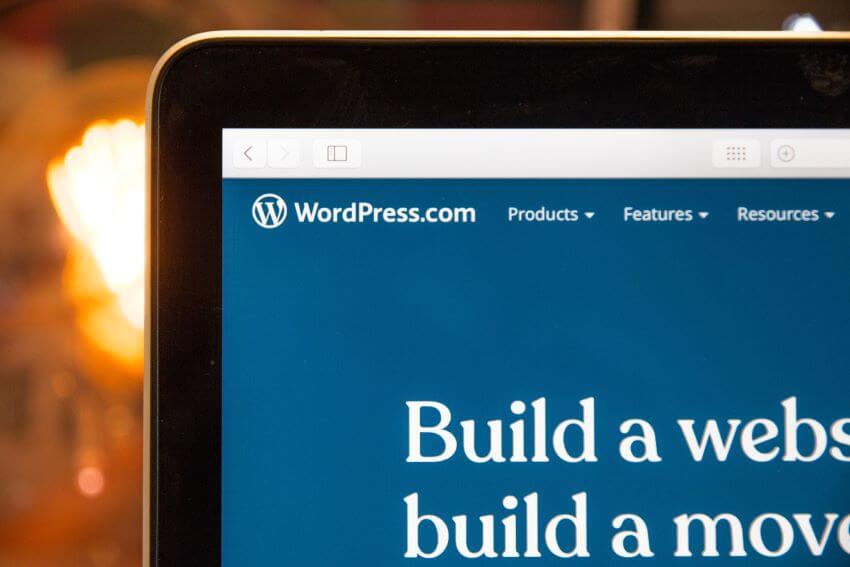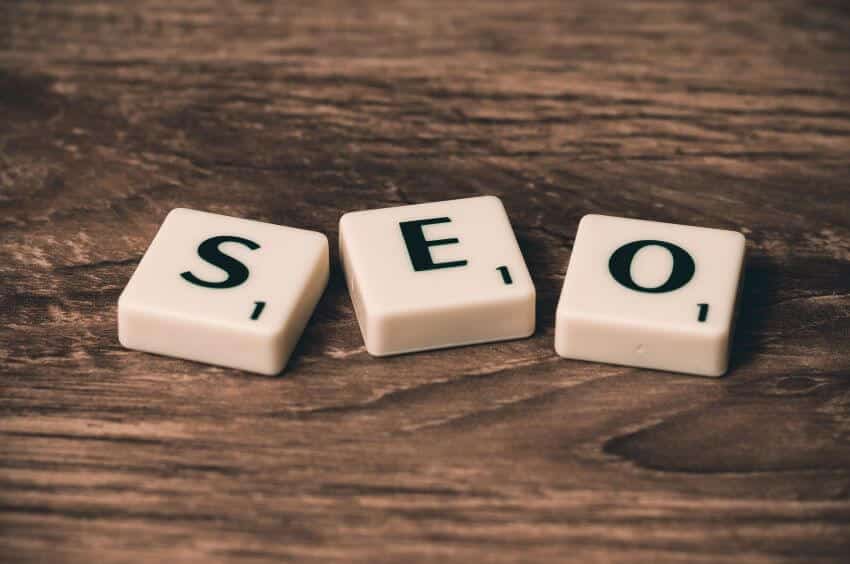As you create your image content, it’s important to include alt attributes for SEO. The text will be displayed if the image can’t be loaded, and it’s also a factor in search engine ranking. When adding image attributes, be sure to include keywords that are relevant to your image and your site’s overall topic.
It will help improve your image’s visibility in search results.
What Is the Image Alt Attribute?

Image alt attributes are the text used to describe an image to a user who cannot see it. Search engines also use this text to help determine the relevance of an image for a particular search.
Image attributes are a vital part of image SEO. They provide Google and other search engines with important information about the content of your images, which can help your website rank higher in image search results.
When adding images to your website, include alt text that accurately describes the image. It will help ensure that your website appears in more relevant search results and provide a better experience for users who cannot see the images on your website.
The significance of this is that different browsers brandish things distinctly, which is particularly true today with the prevalence of wireless web browsing.
Additionally, occasionally image files get corrupted or called incorrectly, and in other cases, persons who will not use aural browsers that read the page to them.
Therefore utilizing ALT tags for your images should already be one of the best practices you follow with your website, ensuring that it’s accessible for every person and in all positions.
However, for the individual interested in search engine marketing, you can use the ALT ascribe to provide added advantages.
Image with Text
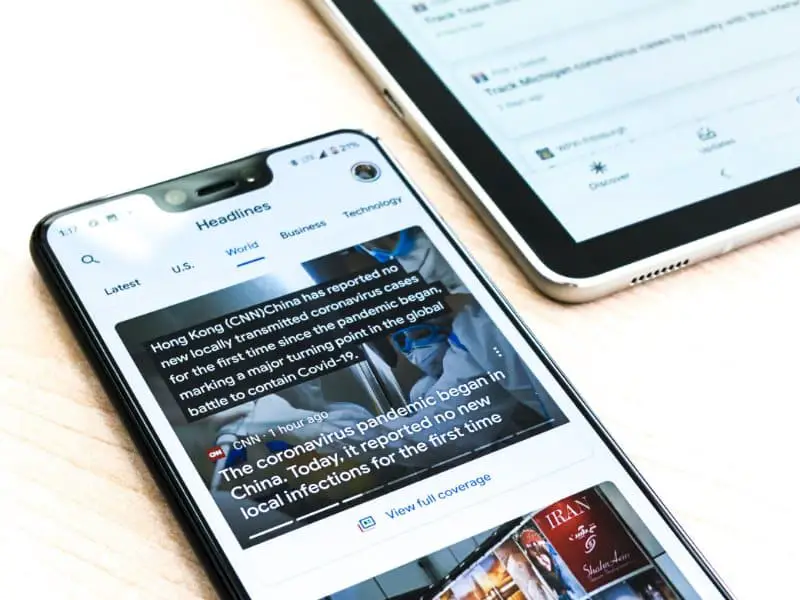
The Web Content Accessibility Guidelines (WCAG) are a set of international standards that aim to make web content more accessible for people with disabilities. One of the guidelines is that images should not appear in HTML files.
It is because people with visual impairments may not be able to see the images, and even if they can, the images may not be accessible if the user is using a screen reader. However, there are exceptions to this rule.
If an image is essential to understanding the content of a page, and if it cannot be adequately described in the alt text, then it can be included in an HTML file. In such cases, it is best to use the exact text for the image as for the alt text.
See Related: How to Get To Search Engine Ranking with Keywords Optimization
Functional Images (Linked Image)
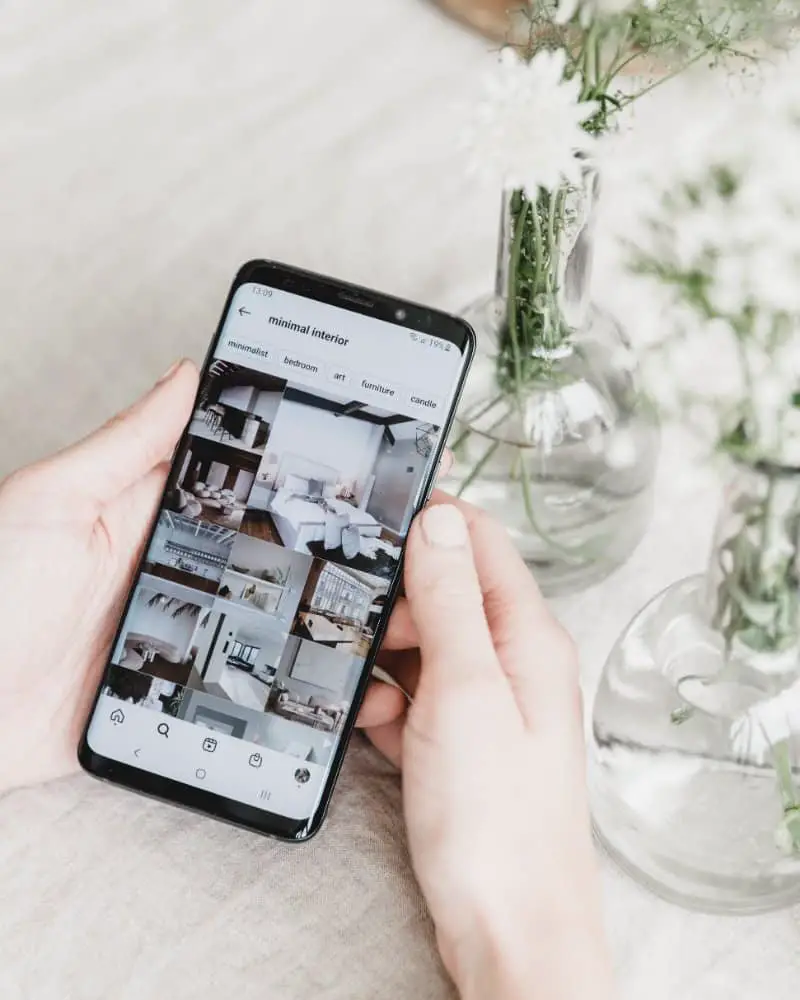
Functional images are those which help initiate action rather than provide information. They can be used to create buttons or hyperlinks, for example. The text option for the image must describe the activity being initiated (the purposes of the photograph) rather than describe the image.
Missing alternative text (alt-text) can be serious trouble for screen readers since the function of an image is crucial to the functionality and fidelity of the content.
Screen readers will usually give an image filename, image URL, and links to the destination URL that are unlikely to assist the user in understanding the action taken by the image.
Functional imaging is therefore essential for creating accessible content.
Easy to Discover in the Image Search Outcomes

Another significant benefit is that in addition to supplementing more relevant keywords to your page cipher, you furthermore will allow yourself to be discovered in the image search outcomes for a specific query.
Now, when people ascertain the images for a product or theme, you are giving yourself a big shot at being shown in those rankings.
In this way, you can extend to augment your online presence. You will be adept at propelling more traffic to your website as a result of these image searches.
Persons will see a brandished image for a specific search and either desire to glimpse the full-size type or want to discover more about its usage and the website that has it.
Thus, by utilizing effective image ALT tags, you will be adept at increasing your general SEO, growing your online occurrence, and directly driving more traffic to your website. When using a likeness, habitually include an ALT tag as an essential constituent of your SEO strategy.
See Related: Best Content Writing Tools for SEO Domination
Why is Image Alt Attribute Important for SEO?
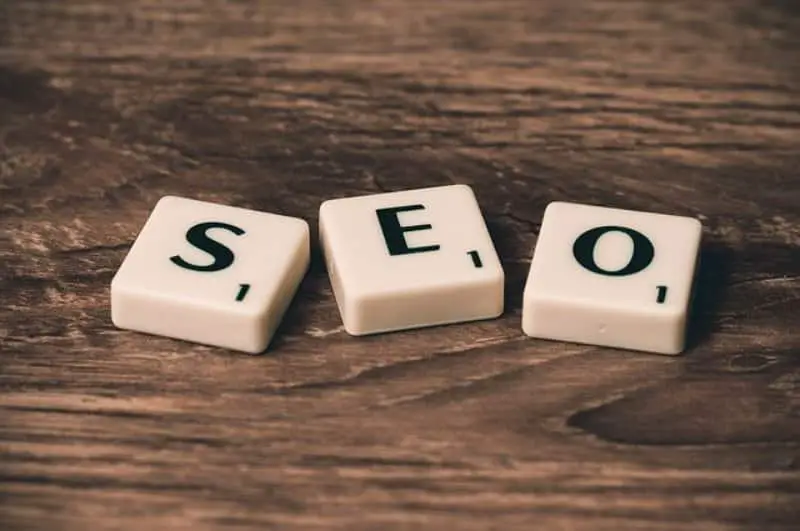
The image alt attribute is an essential part of SEO because it helps search engine crawlers understand the contents of an image.
When you add a photo to your website, include a brief, keyword-rich description in the image alt attribute. It will help your site rank higher in search engine results pages (SERPs) for those keywords.
The image alt text attribute is also known as the “alt tag” or “alt text.” It is a brief descriptive text associated with an image file on a web page. The text appears in place of the image if the image cannot be displayed for some reason.
Although the image alt text attribute’s primary function is to provide an image’s text alternative, it also plays a vital role in SEO. This is because the contents of the alt text are used by search engine crawlers when indexing a web page.
If you want your images to appear in Google Image Search, you need to ensure that your alt text contains relevant keywords for those images. For example, if you have a picture of a black cat on your website, you could use the following as your alt text: “black cat.”
See Related: Surfer SEO Review: Is It Legit & Worth It?
Accessibility
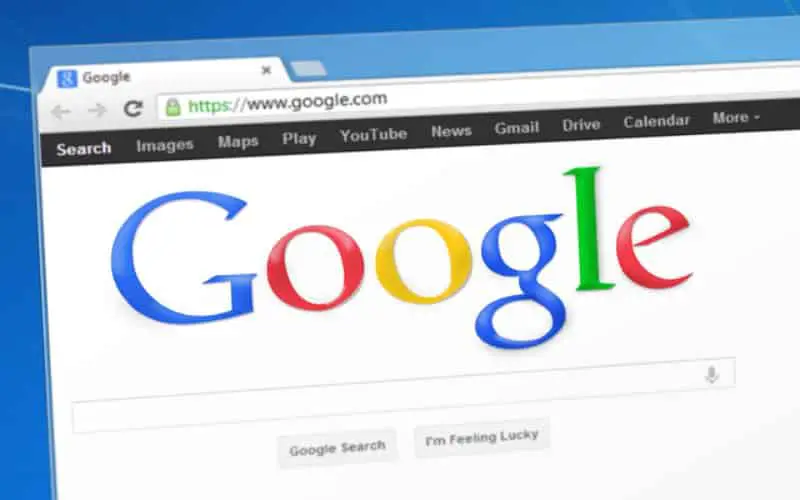
Accessibility is essential for everyone, and that includes people who are using the web. The alt text attribute provides a text alternative to an image for visually impaired people or uses a screen reader.
It is essential because it allows them to understand what the image is and what context it is being used. The image alt text attribute should always be included, even if the image is just decorative.
This ensures that everyone can access the content on the page, regardless of their ability.
Accessibility is vital for everyone, and the image alt text attribute is one way to ensure everyone can enjoy your content.
User Experience

User experience is important for all websites and businesses. Alt text can help improve the user experience for those who have problems with their broadband or who have trouble loading images.
By providing alt text, users can still read the image’s description, even if they can’t view the image itself. It can be helpful for users who are disabled, as well as for those who have a slow internet connection.
In addition, alt text can help improve the overall user experience for all website visitors by providing additional information about the images on the site. As a result, businesses should consider implementing alt text to improve the user experience for all website visitors.
How to Create Effective Image Alt Attributes
Creating effective image alt attributes is not difficult, but it does require some thought and care. Here are some tips for creating image attributes that will help your website rank higher in image search results:
- Use relevant keywords: Include keywords in your image attribute pertinent to your image’s content and the page you are Optimizing.
- Keep it short and sweet: Don’t stuff your image attributes with too many keywords. Keep them short and to the point.
- Ensure they are descriptive: the image alt text attribute should be clear and descriptive. Avoid using generic terms like “image” or “photo.”
- Use unique image attributes: Each image on your website should have its unique image attribute.
- If you are unable to remove images from the page, you can just give them an empty alt attribute, as so: <img src= “image.png” alt=””>
- Do not use the same image attribute for multiple images.
- Optimize your image file names: Include keywords in your image names to further optimize your images for image search.
See Related: Best Marketing Tools for Small Business
Alt Text Enhancing the Experience for Screen Reader Users
Screen readers are computer programs that allow visually impaired users to read the text on a screen. By providing appropriate alt text for images, you can enhance the experience of these users by ensuring that they can understand the image’s purpose and meaning.
When creating the alt text, be brief but descriptive. Provide enough information, so the image is clear, but avoid using excessive or unnecessary words.
Here are some examples of good and bad alt text:
Good:
- “A picture of a cat sitting on a chair.”
- “A close-up of a woman’s face with blue eyes.”
Bad:
- “An image”
- “A photo”
- “An image of a cat on a chair in a room.”
As you can see, the good examples are concise but still provide enough information to describe the image. The bad examples, however, are either too vague or too specific.
Including relevant keywords in your alt text can also help improve your site’s SEO. Search engines use alt text to understand the content of an image, so including keywords will help them index your images correctly and improve your chances of appearing in image search results.
However, don’t stuff your alt text with keywords just for its sake. This will not only make your alt text less readable, but it can also get you penalized by search engines. Use keywords sparingly and only if they genuinely describe the image.
Avoid using punctuation, except for periods to indicate abbreviations. Use descriptive alt text for decorative images. Don’t use alt text for images that are purely decorative or used for layout purposes. In these cases, the best solution is to leave the image alt text attribute blank or specify an empty value (alt=””).
By following these guidelines, you can write compelling alt text that will improve the experience of screen reader users and help improve your site’s SEO.
Optimal Alt Text Format
Optimal alt text is sufficiently descriptive and free of spammy keywords that might be used to stuff keywords. An excellent way to determine if your alt text passes this test is to close your eyes and have someone read the text to you while you imagine it to describe the object in question accurately.
The alt text is likely good if it paints a clear picture. We’ve seen examples of optimal alt text for the image with the beautiful stack of blueberry pancakes. In this instance, the Optimal alt text would remove any mention of pancakes, as that description isn’t needed given that the image is clear.
Instead, Optimal would focus on describing the other elements in the scene, such as the syrup dripping down the sides of the pancakes or the scattered berries on top.
Optimalalt text is always striving for more than just an accurate representation of an image, but rather a complete description that gives context and adds interest.
Consequently, Optimal’s approach to crafting descriptions for images has resulted in it becoming one of the best resources for creating well-rounded and engaging content.
Image SEO
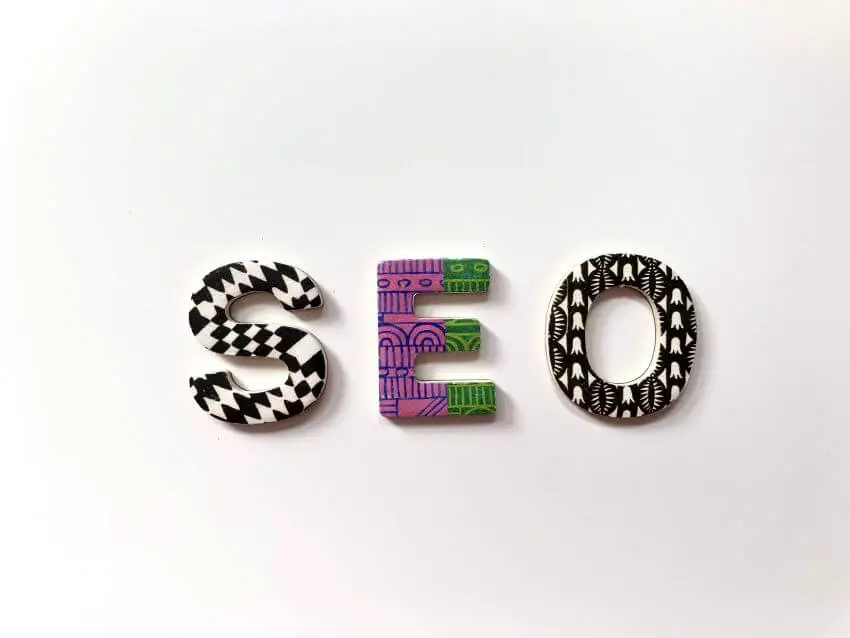
Image SEO is the process of optimizing an image to help improve its ranking in search engines. Image optimization includes:
- Creating compressed file size.
- Choosing the suitable file format.
- Using the correct alt text.
Alt text is a text alternative for an image. It is used to describe the image and give additional information about it.
When an image cannot be displayed, the alt text will be visible in its place. Adding alt text to an image can help improve users’ experience and be regarded as implicitly SEO-friendly.
Although image recognition technology in search engines has vastly improved over the past decade, search engines cannot see images on a webpage unless the correct alt tags are in place.
Image SEO helps ensure that your pictures are appropriately indexed by search engines and improve your site’s overall SEO.
See Related: Readability of Webpage
Tips for Optimizing Your Image Alt Attributes
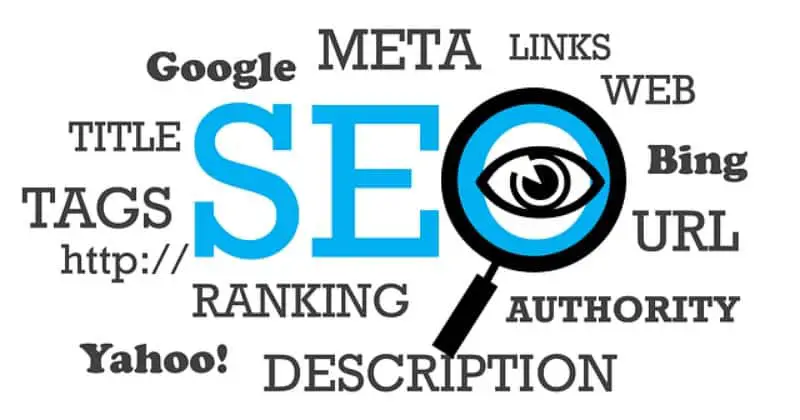
Following these tips, you can create image attributes that will help your website rank higher in image search results.
In addition to helping your website rank higher, image attributes can also help improve the accessibility of your website. People using screen readers to browse the web will appreciate image alt attributes that are clear and descriptive.
Creating image alt attributes is not difficult, but it does require some thought and care. Here are some tips for creating image alt text attribute that will help your website rank higher in image search results:
Use Relevant Keywords
Include keywords in your image and alt attributes relevant to your image’s content and the page you are optimizing.
Keep It Short and Sweet.
Don’t stuff your image alt attributes with too many keywords. Keep them short and to the point.
Please Make Sure They Are Descriptive.
Image alt attributes should be clear and descriptive. Avoid using generic terms like “image” or “photo.”
Use Unique Image Alt Attributes.
Each website image should have its unique image alt text attribute. Do not use the same image attribute for multiple images.
Optimize Your Image Filenames
Include keywords in your image filenames to optimize your images for image search.
Following these tips, you can create image alt attributes that will help your website rank higher in image search results. In addition to helping your website rank higher, image alt attributes can also help improve the accessibility of your website.
People using screen readers to browse the web will appreciate image alt attributes that are clear and descriptive.
FAQ
What is an image alt attribute?
An image alt attribute is a text alternative for an image. It is used to describe the image and give additional information about it.
When an image cannot be displayed, the alt text will be visible in its place. Adding alt text to an image can help improve users’ experience and be regarded as implicitly SEO-friendly.
How do I create an image alt text attribute?
You can create image alt attributes by including relevant keywords relevant to your image’s content and the page you are optimizing. Keep them short and to the point, and make sure they are clear and descriptive. Each website image should have its unique image alt text attribute.
What are some benefits of creating image alt attributes?
There are many benefits to creating image alt attributes, including helping your website rank higher in image search results and improving the accessibility of your website. Image attributes can also help improve the usability of your website and make it more user-friendly.
Related Resources
